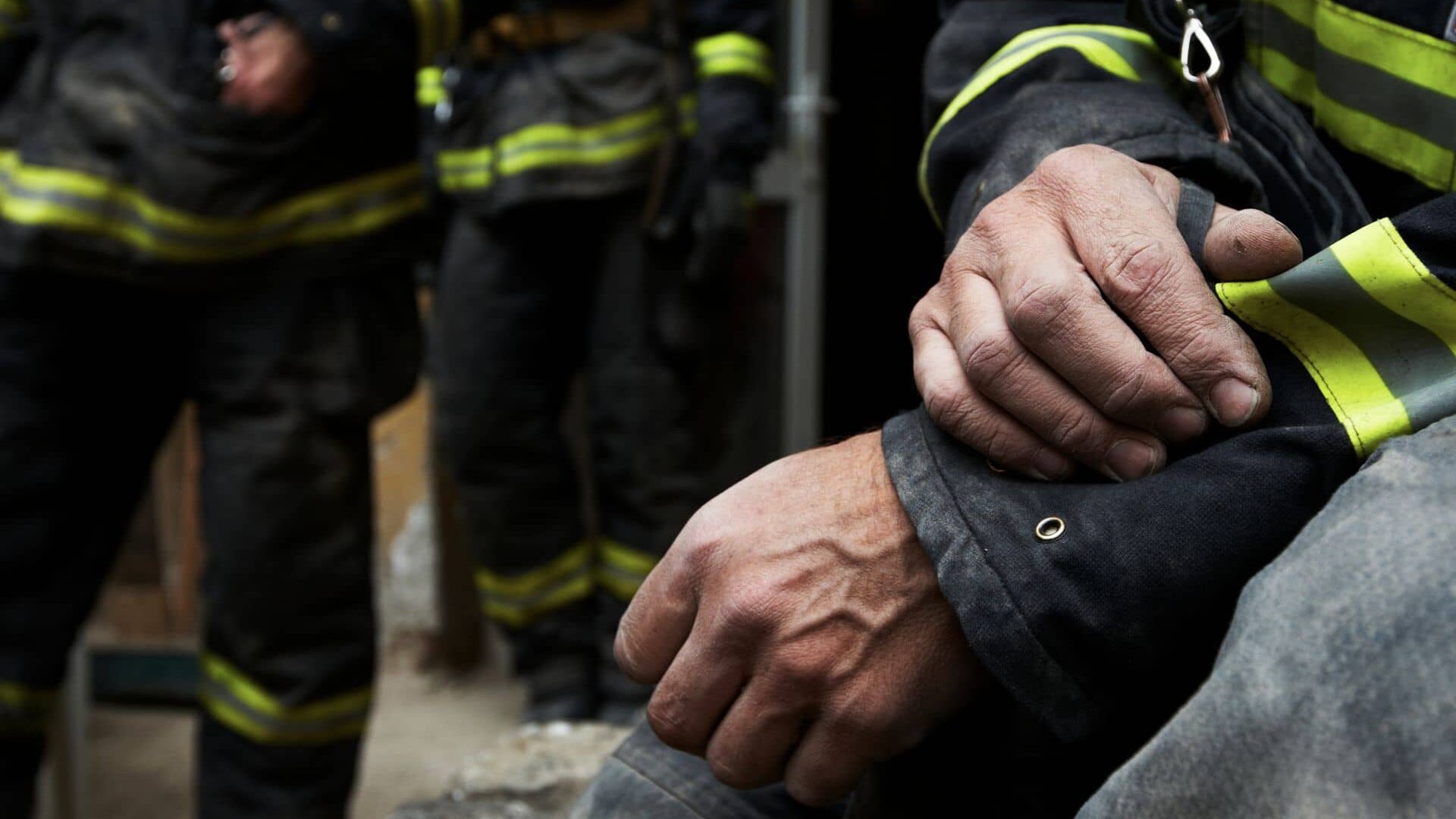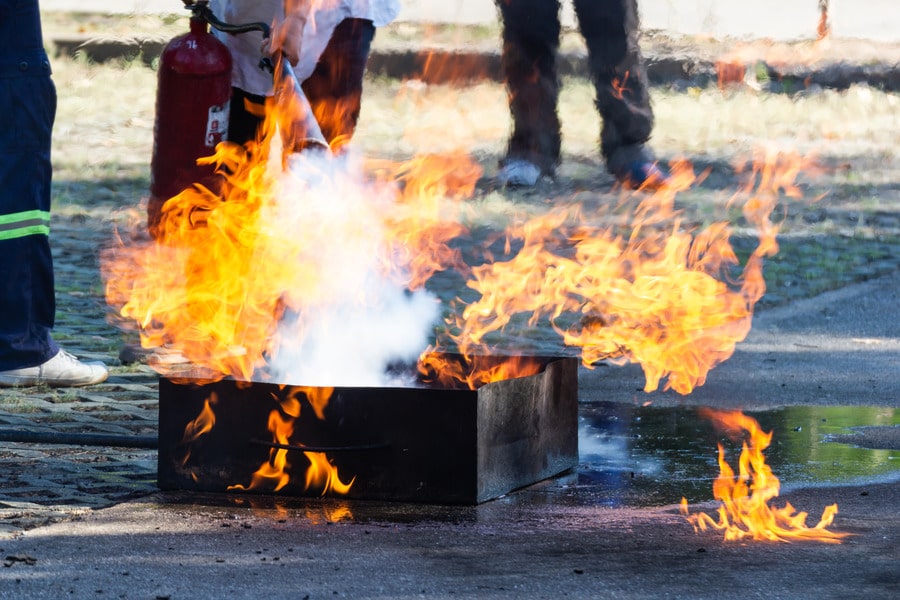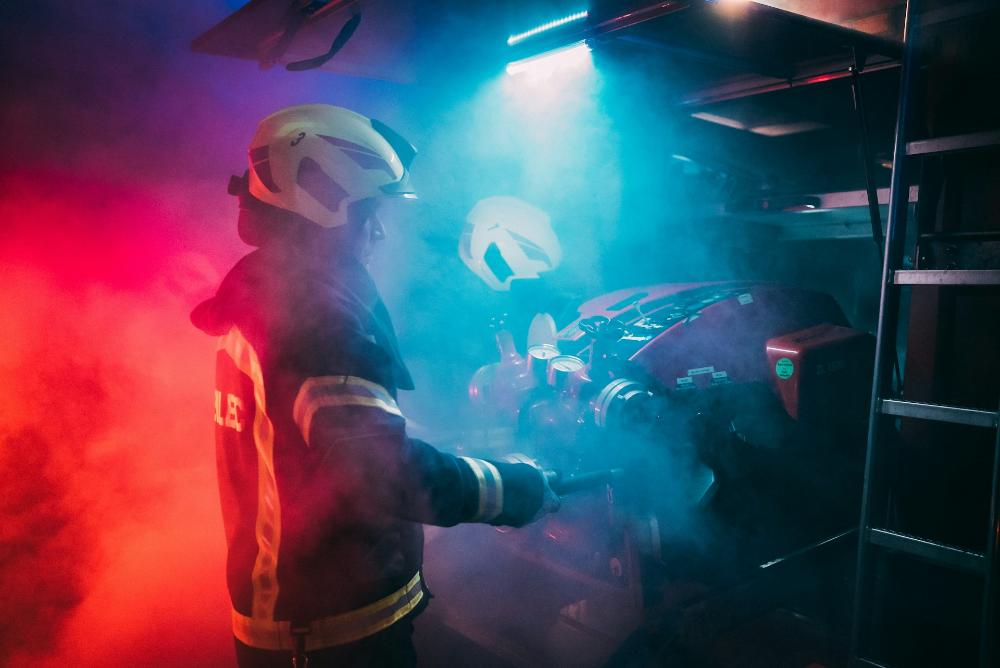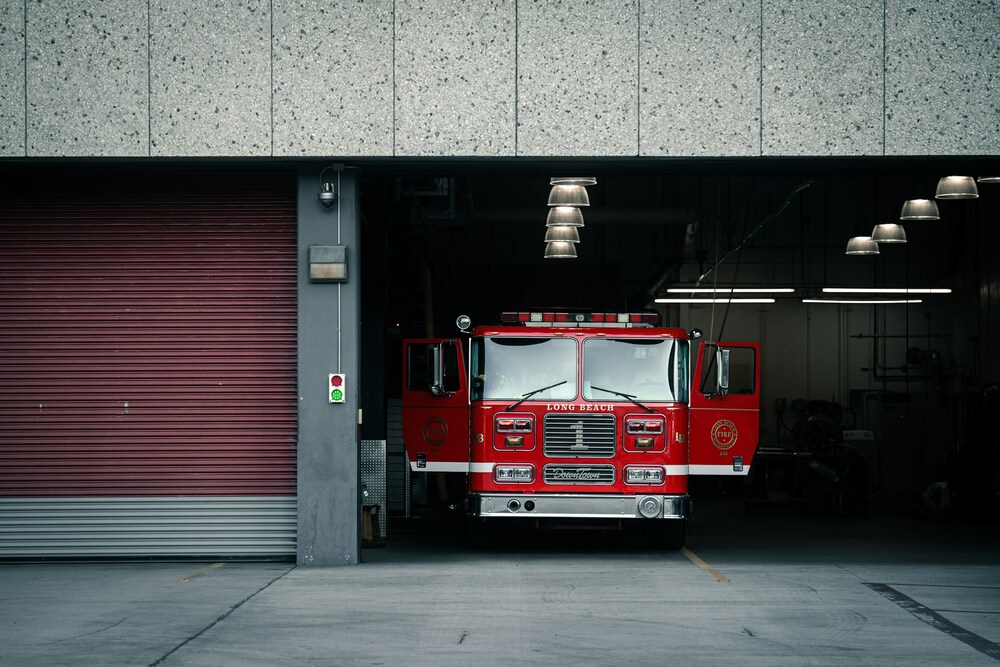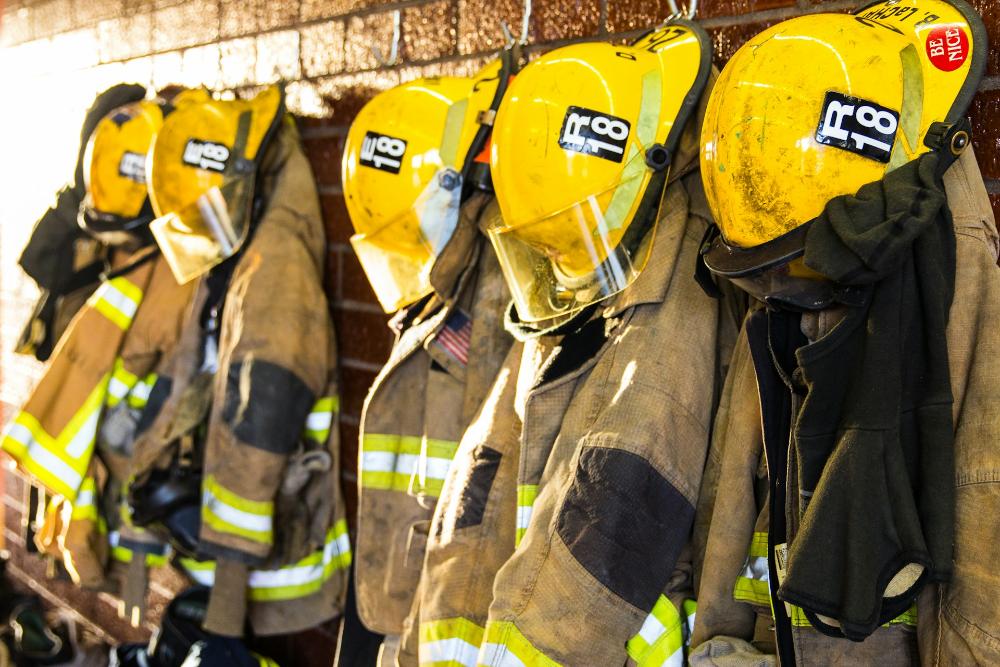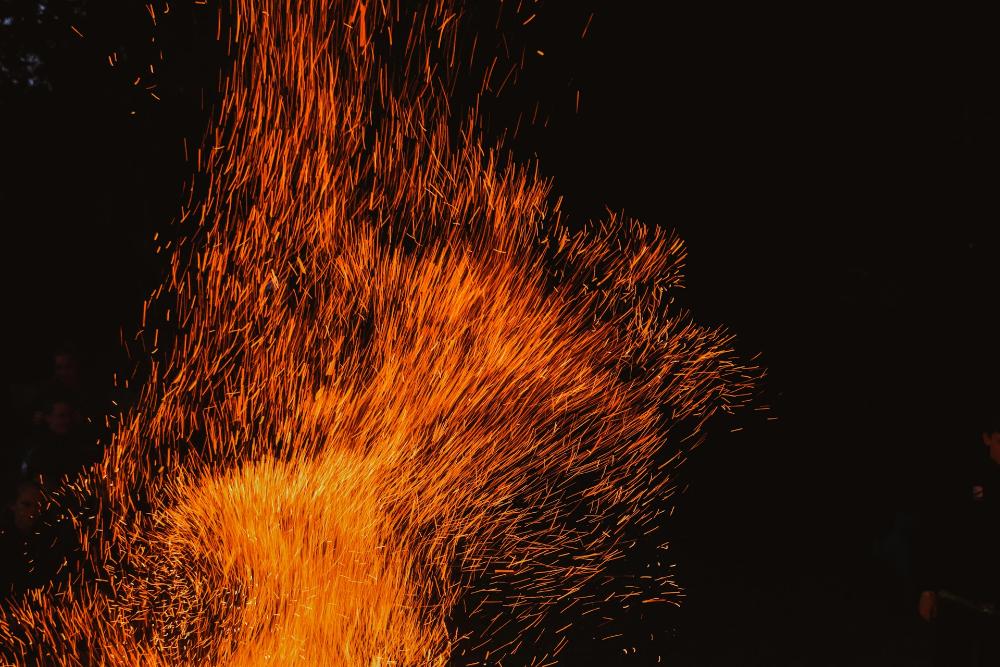Fire Watch Hazards
Contents
Cold Storage Fire Watch Hazards You Miss
Freezer buildings look safe. Steel walls, concrete floors, minus ten degrees air. What could burn? Plenty. Foam insulation, plastic pallets, condenser oil and the secret killer, frost covered electrical conduit. When a sprinkler or alarm system fails inside a box that big, fire watch becomes life support for the entire supply chain.
Hidden Fuel Everywhere
Polyurethane foam panels provide R value but melt at 600 degrees and drip flaming plastic. A single arc from a forklift charger can ignite the seam between panels and the fire will race inside the wall cavity where no sprinkler can reach. Plastic pallets loaded with shrink wrapped cardboard sit inches below ceiling mounted evaporators. One hot compressor coil and you have both fuel and ignition in the same footprint. Always scan the top tier with a thermal camera during the first patrol.
Condenser Oil and Refrigerant Risk
Large ammonia systems use hot oil separators that run 250 degrees. A pinhole leak sprays atomized oil across the engine room. Combine that with an exposed relay spark and you have a jet engine flame front. Fire watch guards must log oil pressure readings every hour and sniff for the sharp odor of ammonia. If oil pressure drops ten percent in one hour, shut the compressor down and call the refrigeration engineer.
Do not wait for the automatic safety to trip, the safety is there to protect equipment, not people.
Frost Covered Conduit
Moisture migrates into electrical conduit and freezes around the wire insulation. Ice expands, cracks the insulation and exposes bare copper.
When the defrost cycle kicks on at 4 a.m. the sudden temperature swing can arc the exposed wire inside a wall of foam. The first sign is flickering lights, the second sign is a wall glowing from the inside. Guards should note any flicker on their route sheet and immediately shut power to that zone at the breaker. A two minute power loss beats a two week facility closure.
Low Temp Batteries Die Fast
Standard alkaline batteries lose fifty percent capacity at zero degrees. If your wireless alarm devices use AA cells, you can lose supervision in a single shift. Swap to lithium iron disulfide packs rated for minus forty and test voltage every patrol. Keep spare batteries in an inside pocket so they stay warm. A cold battery will read 1.2 volts and trigger a low battery trouble even though it has plenty of life once warmed.
Patrol Gear for Sub Zero
Guards need insulated coveralls, thermal gloves with touchscreen tips and a face mask that does not fog goggles.
A fogged lens means missed thermal anomalies and that means missed ignition sources. Hand warmers go inside gloves, not in the jacket pocket. You need dexterity to operate the thermal camera and write legible log entries. A guard who cannot feel his fingers will skip checkpoints and that is where the fire starts.
Special Logging Rules
Log oil pressure, ammonia sensor ppm, battery voltage and thermal spike temps every hour. Upload immediately because paper gets wet and ink freezes. Use a tablet rated for cold or keep the device inside a chest pocket between scans. End each entry with a photo of the main compressor panel showing pressure and temperature.
One picture can prove the system was stable before an incident and that can save millions in subrogation.
Running a cold storage facility and worried about the next impairment? Contact our team for a cold specific fire watch plan, complete with thermal mapping, lithium battery backups and guards trained on ammonia safety protocols.
